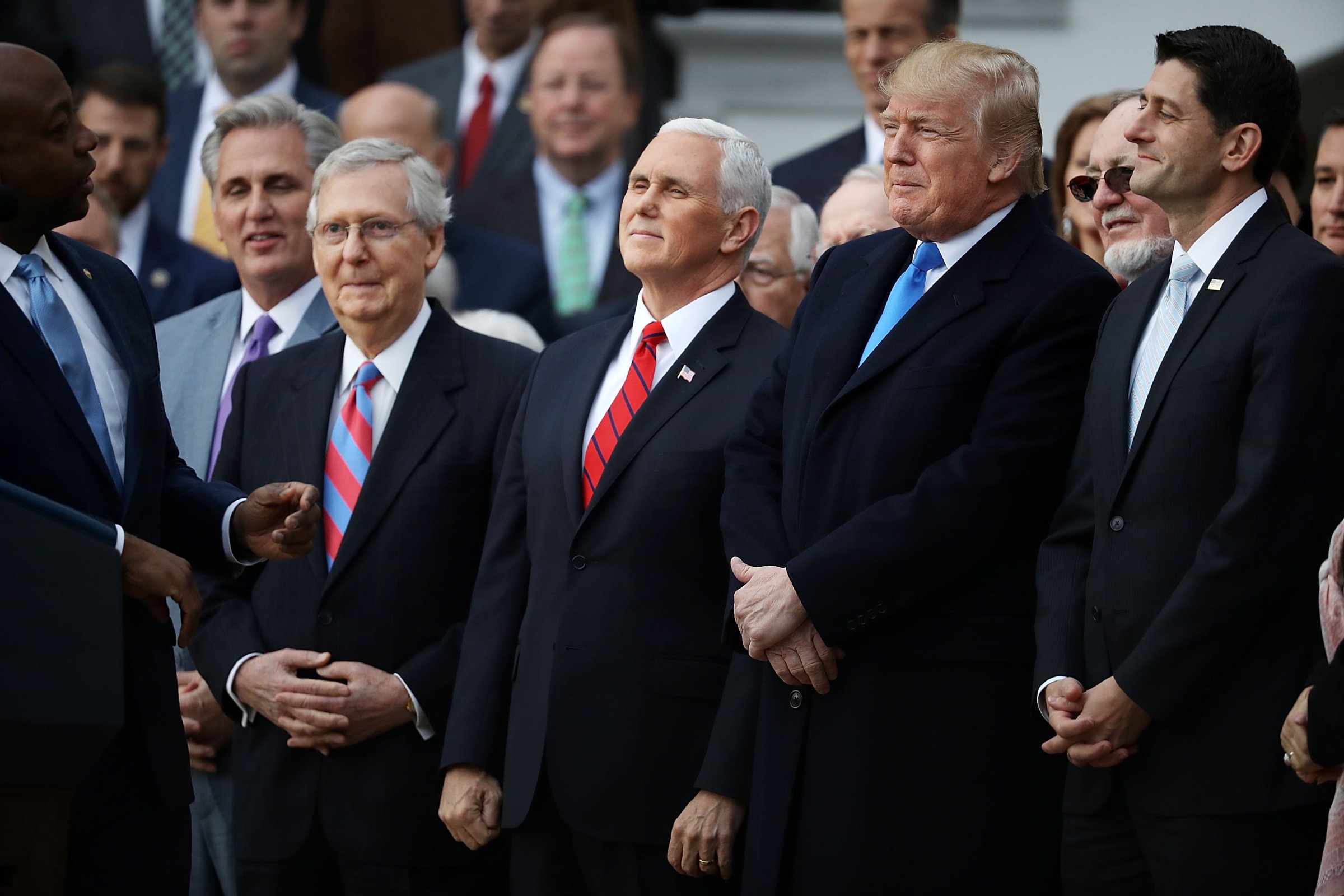
U.S. job gains slowed by more than forecast in December, wage growth picked up slightly and the unemployment rate held at the lowest level since 2000, adding to signs of a full-employment economy.
Payrolls rose by 148,000, compared with the 190,000 median estimate of economists surveyed by Bloomberg, held back by a drop in retail positions, a Labor Department report showed Friday. The jobless rate was at 4.1 percent for a third month, while average hourly earnings increased by 2.5 percent from a year earlier, after a 2.4 percent gain in November that was revised downward.
The job gains, while less than forecast, bring the 2017 total to 2.06 million jobs — below 2016 but slightly more than analysts had been expecting at the start of Donald Trump’s first year as president. With the economy at or near maximum employment, one of the Federal Reserve’s goals, the figures likely keep the central bank on track for continued gradual interest-rate hikes in 2018.
While payroll increases have slowed over the past few years as the labor market tightens, economists say job gains above 100,000 a month are still enough to keep putting downward pressure on the jobless rate.
The breakdown of December data across industries showed solid gains of 30,000 in construction and 25,000 in manufacturing. Retailers cut 20,300 positions during the height of the holiday-shopping season, bringing total gains among service providers to 91,000, down from 176,000 in November.
Revisions to prior reports subtracted a total of 9,000 jobs from payrolls in the previous two months, according to the report. November’s reading was revised upward to 252,000 from 228,000.
Wages Rise
Average hourly earnings rose 0.3 percent from the prior month following a downwardly revised 0.1 percent gain, the report showed.
Among other details of the report, the participation rate was unchanged at 62.7 percent in December. The rate, which is hovering near the lowest level since the 1970s, has nevertheless held steady in the past year. Fed Chair Janet Yellen has said that’s a positive sign, because the rate is under downward pressure due to Baby Boomer workers who are retiring.
Steady household demand and a pickup in capital investment, backed by elevated consumer and business sentiment and improving global demand for U.S. goods, bode well for employment in 2018.
Time will tell whether the economic strength — along with the $1.5 trillion tax overhaul signed in December — translates into bigger wage gains, which have proven elusive during the expansion. The Trump administration argues that tax cuts for corporations will help increase productivity and boost pay for rank-and-file employees. That would in turn aid consumer spending, which accounts for about 70 percent of the economy.
Other Details
The U-6 underemployment rate rose to 8.1 percent from 8 percent; measure includes part-time workers who’d prefer a full-time position and people who want a job but aren’t actively looking People working part-time for economic reasons rose by 64,000 to 4.92 million Private payrolls rose by 146,000 (median estimate was 193,000) after increasing 239,000; government payrolls advanced by 2,000 Average workweek for all workers unchanged at 34.5 hours (matching median estimate) Number of people out of work for 27 weeks or longer, or the so-called long-term unemployed, fell as a share of all jobless to 22.9 percent from 23.9 percent In annual revisions to data based on the household survey, the unemployment rate for June 2017 was lowered to 4.3 percent from 4.4 percent; rates for other months during the year were unrevised
More Must-Reads from TIME
- Why Trump’s Message Worked on Latino Men
- What Trump’s Win Could Mean for Housing
- The 100 Must-Read Books of 2024
- Sleep Doctors Share the 1 Tip That’s Changed Their Lives
- Column: Let’s Bring Back Romance
- What It’s Like to Have Long COVID As a Kid
- FX’s Say Nothing Is the Must-Watch Political Thriller of 2024
- Merle Bombardieri Is Helping People Make the Baby Decision
Contact us at letters@time.com